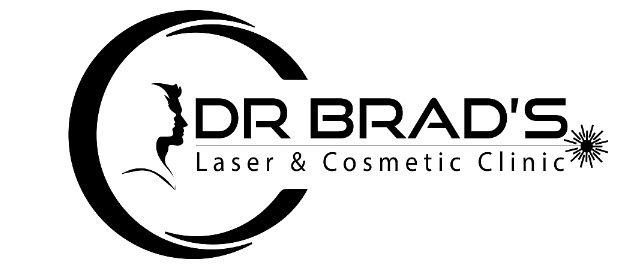Exploring the connection between **allergies** and **ear wax buildup** is a fascinating topic that many might not fully appreciate. Although ear wax, or cerumen as it’s known scientifically, is often dismissed as merely a nuisance, it can serve as an indicator of other underlying issues, such as **allergic reactions**.
### Understanding Ear Wax Buildup
Ear wax has an essential role in keeping our ears healthy. It acts as a protective barrier against dust, bacteria, and other intruders. When produced in the right amount, ear wax helps keep the ear canal moisturised and can prevent infections. However, sometimes, the body can produce an excess of ear wax, leading to a buildup. This excess can cause a myriad of problems, including discomfort, reduced hearing, and even issues with balance.
But what could trigger this excessive production? That’s where our exploration of allergies comes into play. Many people experience allergic reactions through various stimuli, be it pollen, dust mites, or pet dander. As a response to allergens, our bodies may produce mucus and, in some cases, increase the secretion of ear wax. Allergies can cause inflammation in the body; this inflammatory response can lead to swelling within the ear canal, making it more susceptible to ear wax buildup.
### The Body’s Response to Allergens
When the body is exposed to allergens, it may react in several ways. Sneezing, runny noses, and itchy eyes are common symptoms. However, some individuals may also experience ear-related symptoms. This can involve a sensation of fullness in the ears, pressure, or even temporary hearing loss. The body’s heightened response to allergens can strain the ear canals, which may trigger an increase in the production of ear wax.
For instance, one of my patients, Sarah, noticed that her ears felt clogged and she struggled to hear properly during the peak pollen season each year. Upon investigation, it became clear that her seasonal **allergies** were exacerbating her ear wax buildup. After a thorough **ear wax removal service in Bristol** using the microsuction method, her hearing improved significantly. This example illustrates how intertwined these seemingly disparate issues can be.
### The Role of **Microsuction** in Treatment
If you’re experiencing symptoms of ear wax buildup, consider seeking professional help. As a trained GP and an ear wax removal expert, I advocate for the **microsuction** technique. This method is safe, effective, and provides immediate relief from discomfort. Unlike ear candles, which I do not recommend due to their lack of efficacy and safety concerns, microsuction gently removes excess ear wax without the need for water or suction that can cause additional problems.
Since many people are unaware of the benefits of the microsuction method, let me share another anecdote. John, a regular client, had been struggling with persistent ear discomfort. After using various home remedies, which ultimately didn’t work, he decided to book a consultation. After a single microsuction appointment, he exclaimed how relieved he felt and remarked on how much clearer everything seemed. Sometimes, simply having your ears evaluated by a professional can make a world of difference, particularly for someone experiencing allergies that could contribute to excess wax production.
### Identifying the Symptoms
If you suspect your **ear wax buildup** might be connected to allergies, it’s vital to note the symptoms. Persistent itching or irritation in the ear, fluid drainage, or a feeling of pressure can all indicate an issue. Alongside this, you may also experience sinus issues or nasal congestion. If these symptoms appear after exposure to known allergens, there’s a chance your allergies could be worsening ear wax accumulation.
### Prevention Tips for Managing Ear Wax
While managing allergies and preventing excessive ear wax buildup might seem daunting, there are several proactive steps you can take. Firstly, avoiding known allergens through measures such as using air purifiers, keeping windows closed during high pollen counts, and practising good hygiene habits—like showering after spending time outdoors—can help minimise exposure.
Additionally, staying hydrated and maintaining a balanced diet rich in anti-inflammatory foods may support a healthy immune response. A robust immune system can reduce inflammation throughout the body, including the ear canals, potentially lowering the risk of excessive ear wax buildup and related complications.
### When to Seek Professional Help
Monitoring your ear health is essential, especially if you suffer from **allergies**. If you encounter persistent symptoms, it’s wise to consult a professional. By choosing to seek help from a trained specialist like me, Dr. Brad, you can ensure a comfortable and effective experience.
Booking a session for ear wax removal will not only clear your ears but also provide insights into any underlying issues that could be affecting your ear health, particularly in relation to allergies.
This article does not constitute medical advice. Please book with Dr Brad for a consultation.
